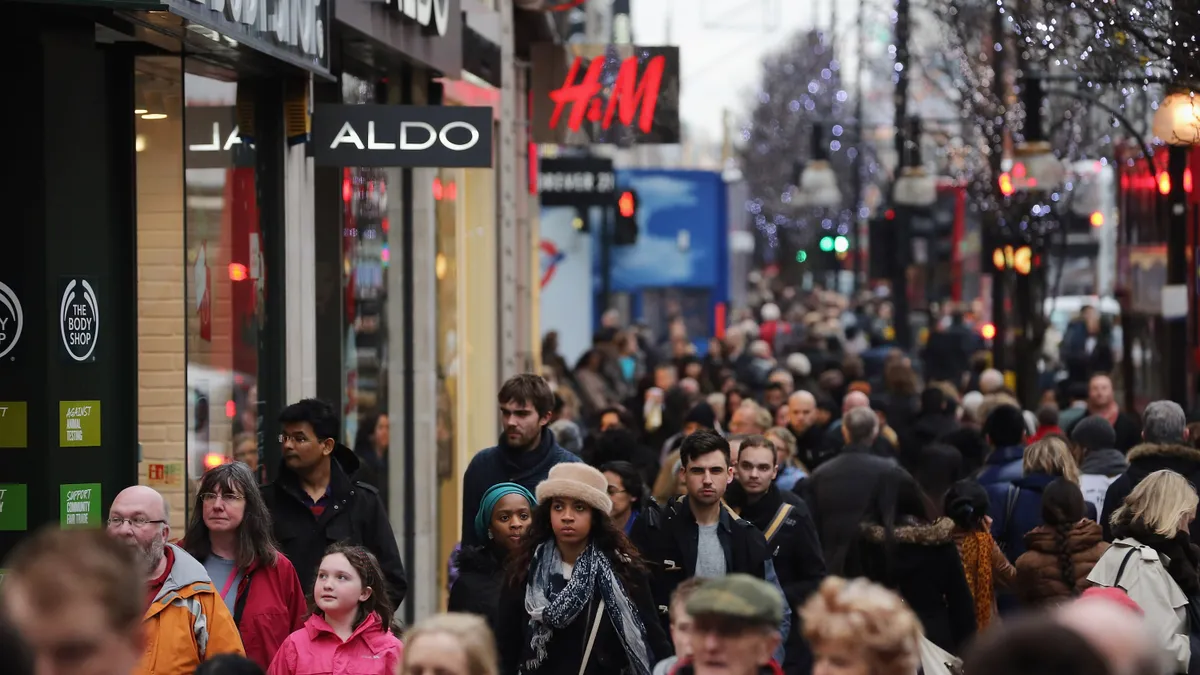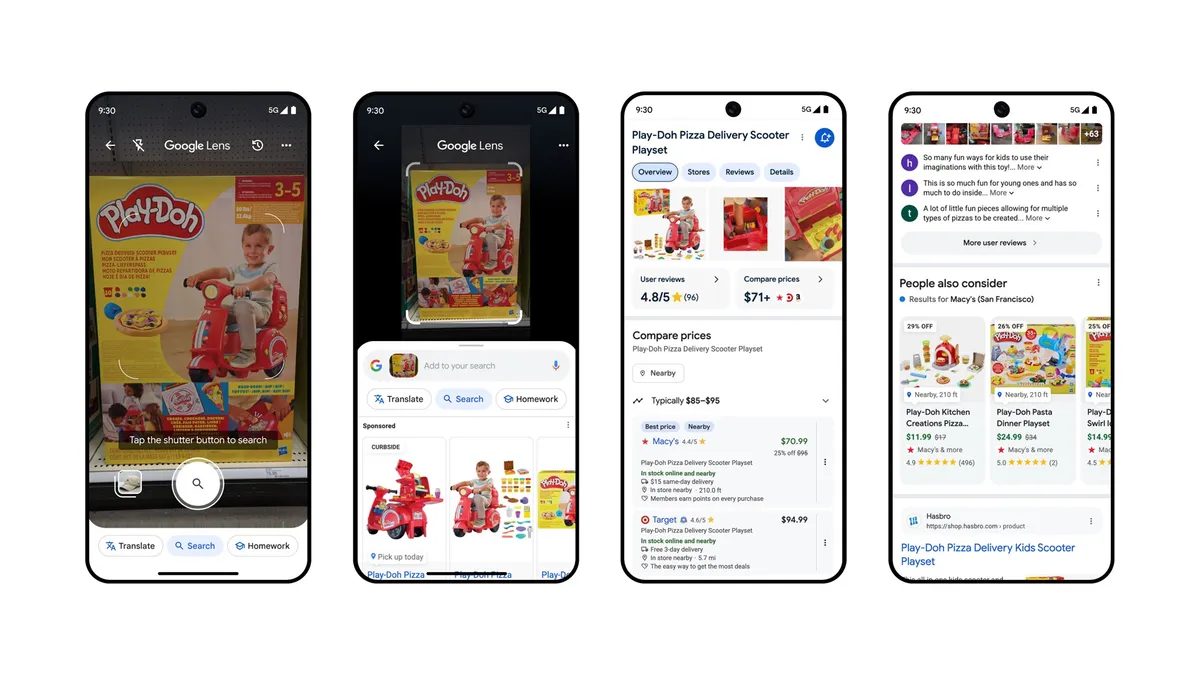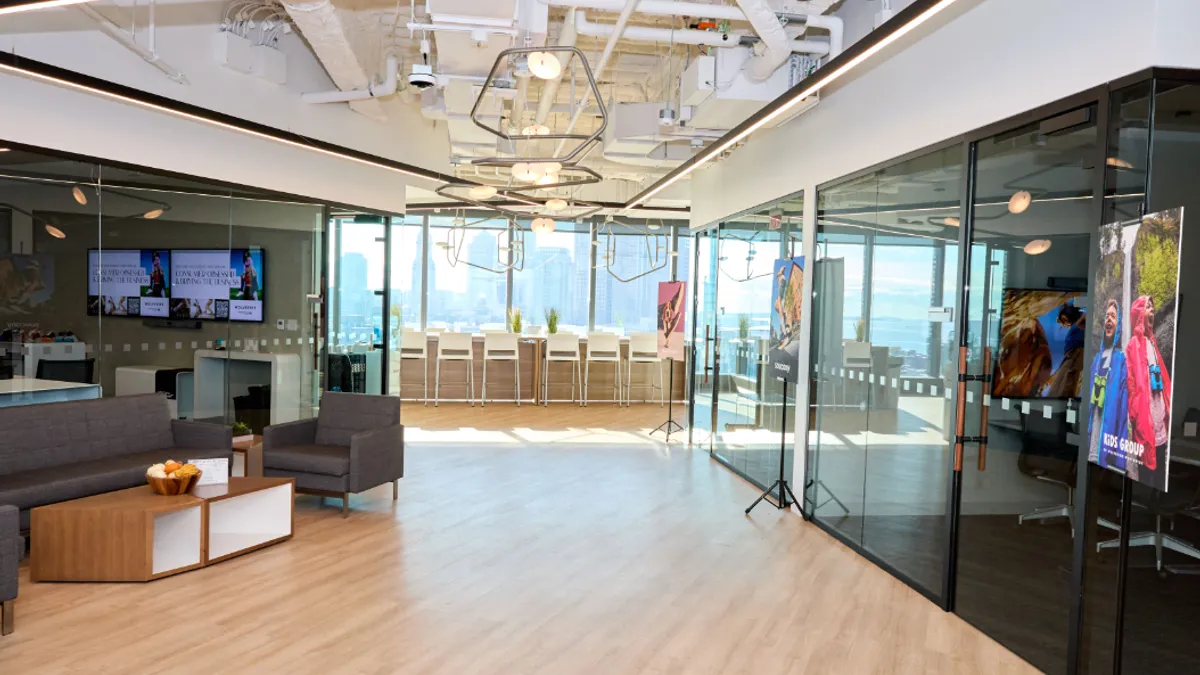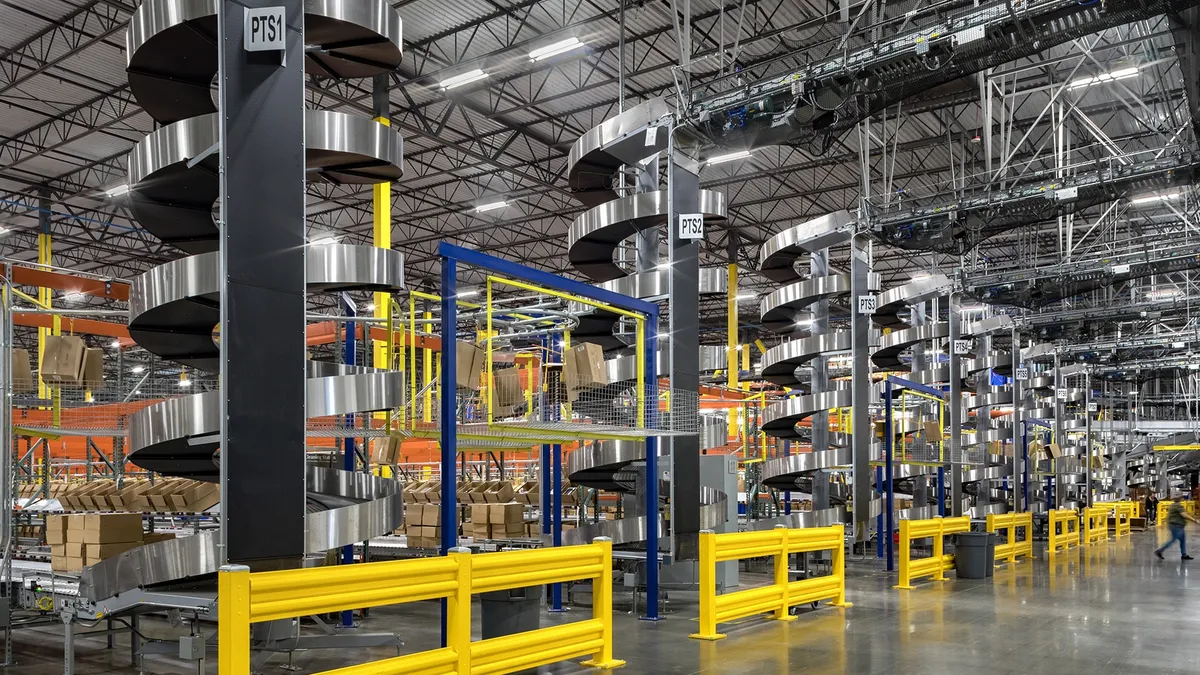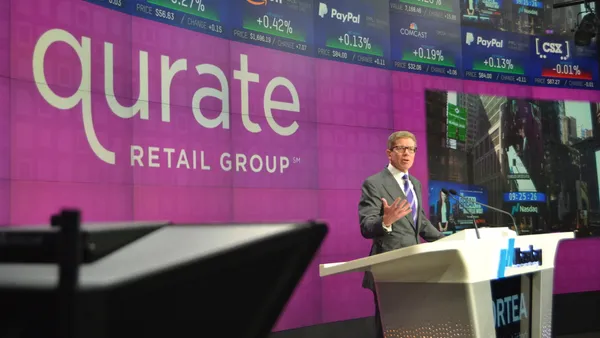The world of fashion may have gotten too fast for Hennes & Mauritz (H&M), which last week reported yet another poor financial quarter.
Nearly all the key indicators moved in the wrong direction for the Swedish retailer during Q1 in 2018. As top-line growth fell, inventories rose, bringing operating profits after financial items down an abysmal 61% for the quarter. Meanwhile, costs — measured in both costs of goods sold and selling, general & administrative expenses — continued to climb.
Investors took note, punishing the retailer with a 5.5% drop in stocks after the earnings release. It wasn't the first time, either: H&M has been on a downward spiral as of late, and its stock has fallen with it, dropping 43.6% since April 3, 2017.
For the past few quarters, H&M has blamed its poor performance on a confluence of factors. Foremost, executives say, was a poor product assortment during the second half of 2017. Weather, they add, didn't help; nor did the Amazon Effect.
But if H&M is to turn its financials around, it won’t be because of a better product cycle and improved weather. What’s at stake is really the fast-fashion business model, which is suffering the side effects of its own thin margins.
To adapt, the retailer will have to build in operational resilience, creating a faster, more flexible and technology-driven supply chain, according to Adheer Bahulkar, partner and lead for specialties retail at global strategy and management consultancy A.T. Kearney. In the latest earnings call, H&M executives laid out their plan to do just that — by investing heavily in what they call “key enablers” to the business’ future.
Fast fashion’s product cycle problem
"Fashion retail is all about placing bets," Bahulkar told Supply Chain Dive. "I'm essentially gambling that the consumer is going to like the product and I'm going to win big."
When H&M and a handful of other brands disrupted traditional retail 15 to 20 years ago, it was with a gamble they could win business by trading quality for price and freshness. The fast-fashion model was built on the idea consumers value new products, rather than seasonal sales.
But with fast product assortment comes a higher risk of taking a gamble, and losing big, too. H&M’s current problems are a symptom of such a problem.
“When it comes to the mistakes that we’ve made in the assortment for the H&M brand during the second half (of) 2017, it is affecting — it has affected the selling in quarter one,” CEO Karl-Johan Persson said during the Q1 earnings call. “It will, to some extent, also affect selling in quarter two.”
"It's not an unusual situation,” said Bahulkar. Many retailers go through these issues, and in a way, he calls it “growing pains.”
The difference is most companies realize this problem and find ways to address it far before they reach H&M’s scale. That, and they can typically address it quickly through markdowns.
"Having a bad product cycle cannot be a problem,” said Bahulkar. “Retailers need to have the ability to appropriately handle a bad product cycle.”
But H&M and other fast-fashion retailers face an additional obstacle to clearing bad inventory: their price points are already too low, so a bad product cycle may be more indicative of a poor fashion choice for the season.
“If I didn't buy something at $10, it's hard to imagine I will buy it at $7 or $5,” said Bahulkar. However, just because one consumer did not buy it at one price point, in one store, does not mean another will not. “A product may not be bad, it may just be sitting in a bad location,” he said.
If a fast-fashion retailer cannot make on-hand inventory available to its separate customer bases, then a bad product cycle will be even more punishing.
The reality is H&M, to date, does not have a strong digital capability. As a result, the companies executives are emphasizing this year will be a “transition” to a better model, suited for the digital world.
From fast fashion to smart retailing
“As you all know, the fashion retail market is in rapid change,” Persson told investors last week, citing digitalization — and customers’ shifting behaviors because of it — as the core driver of change.
H&M’s mission for 2018, he said, is to adjust to the new market dynamics through targeted investments. “The target of reducing inventory over time remains, but in order to get there, we need to get back to better full-price revenue growth.”
To do so, the fast-fashion retailer is investing in three key enablers:
- Supply chain: Building a faster, more flexible and efficient supply chain through investments in proximity sourcing and automated warehouses
- Advanced analytics: Better data and artificial intelligence can help improve trend detection, quantification and allocation, price management and personalization
- Technology foundation: The group plans to bring RFID to 1,800 stores in 2019, use 3-D technology, and experiment with omnichannel programs and new-format stores to better reach customers
The goals, Bahulkar said, aim to facilitate planning and optimize the supply chain to become not just fast, but also smart.
Faster, automated warehouses, closer suppliers, SKU-level visibility through RFID can be used to work in tandem through advanced technology platforms and help H&M executives gain a better sense of demand throughout the season.
“We're learning and we have invested a lot in the analytic tools that we believe will help us to quantify and allocate even better … and how we work with different product flows will benefit,” said Persson.
“We see this as kind of, very much, an opportunity for H&M to build some core muscle and core possibility,” said Bahulkar. As one of the world’s leading brands in the consumer mindset, he adds he expects the company to come out stronger after this.



